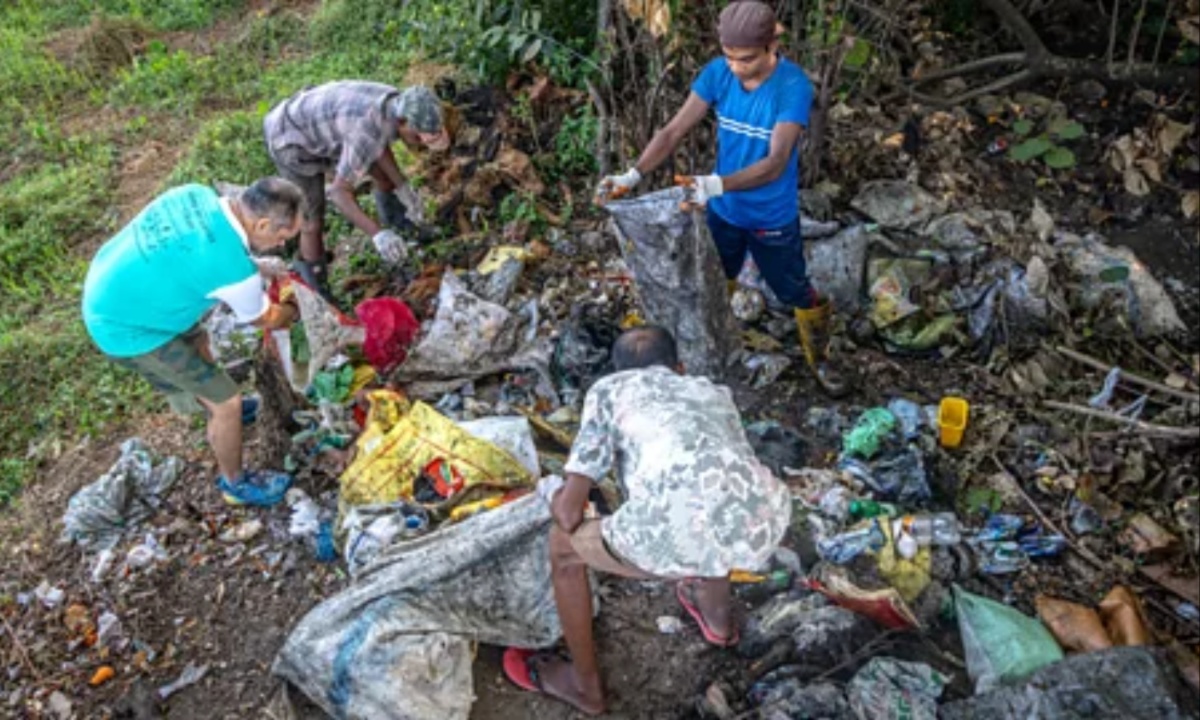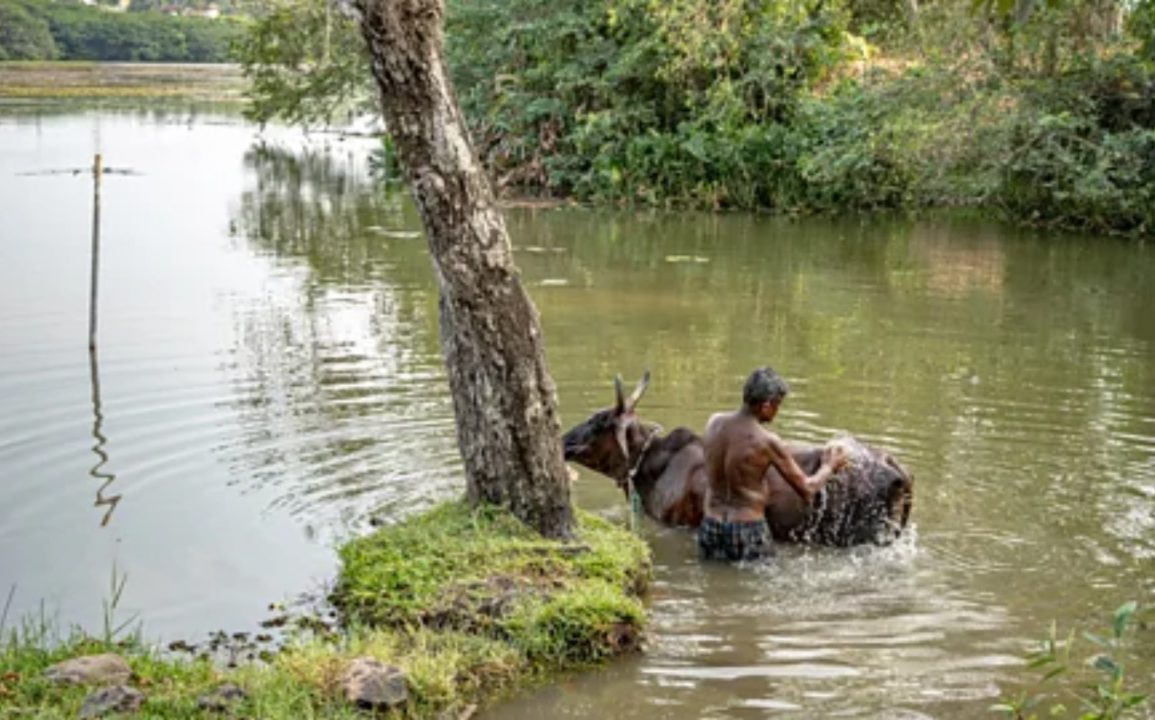Thalangama Wetland, located in Colombo, Sri Lanka, has transformed from a degraded, garbage-filled ecosystem to a thriving natural habitat, thanks to local community efforts. About 15 years ago, these wetlands were heavily polluted, with waste contaminating the waters.
Residents, led by individuals like Pay Dreschel, came together to clean and restore the wetlands, forming the Thalangama Wetland Watch. This grassroots initiative organized regular waste collection and removal of invasive species like water hyacinths, turning the wetlands into a cleaner, healthier environment for wildlife and people.
Colombo, a city prone to flooding, depends on its wetlands for flood control, carbon sinking, and temperature regulation. The city was recognized as a Ramsar wetland city in 2018, one of the few in the world to receive this accreditation.
Wetlands play a critical role in mitigating climate change, reducing pollution, and serving as natural flood buffers. As climate patterns shift, these wetlands have become essential for managing erratic rainfall, rising temperatures, and urban stress in a densely populated city.
Historically, Colombo’s wetlands were vital to its ancient civilizations, providing transport routes and food resources. However, the British colonial period marked the beginning of their decline as wetlands were drained for development.
Canals introduced for flood control were polluted over time, losing their effectiveness. By the 1980s, Colombo’s wetlands were filled with garbage, and invasive species choked waterways, making the city more vulnerable to flooding.

The degradation of wetlands continued during Sri Lanka’s civil war, as displaced populations settled on drained wetlands, reducing their capacity to prevent floods. A notable example is the Kolonnawa Marsh, which lost 65% of its area in the 1800s.
This wetland’s ability to absorb floodwater was compromised, contributing to severe flooding in the city, including the 2010 disaster that affected 700,000 people. The growing realization of the wetlands’ importance led to policy shifts, such as the introduction of the Metro Colombo Wetland Management Strategy in 2016.
Government initiatives began focusing on restoring wetlands through infrastructure projects that connected them to urban life, such as cycling tracks and recreational parks. These projects also involved the removal of invasive plants and the reintroduction of native species, helping wildlife populations recover.
The transformation of areas like Kotte, once covered in water hyacinth, into popular birdwatching and jogging spots, highlights how wetland restoration has renewed public engagement with these natural spaces.
Despite these efforts, Colombo continues to face challenges in wetland conservation. Since 2009, urban development has led to the loss of significant wetland areas, making the city more vulnerable to flooding.
A 2024 study showed that wetlands in Colombo absorb far more floodwater than built-up areas, emphasizing the importance of halting further destruction. While community efforts have improved awareness and stewardship of these ecosystems, the city still loses wetlands due to rapid urban expansion.
The Ramsar accreditation helped bring attention to the wetlands’ value, temporarily halting their destruction. However, experts stress the need for coordinated efforts between the government, non-profits, and local communities to safeguard these ecosystems.
Educating citizens about the wetlands’ importance is crucial for ensuring their survival and urban resilience. In addition to flood protection, wetlands can also address food shortages by providing natural irrigation systems and breeding grounds for fish, adding further urgency to their preservation.
Ultimately, Colombo’s wetlands are key to the city’s future livability. Environmental scientists like Chethika Gunasiri warn that losing these wetlands would make the city uninhabitable. Protecting and restoring these ecosystems is not only about flood prevention but also about integrating wetlands into the urban fabric for people’s well-being and survival in the face of increasing environmental challenges.

